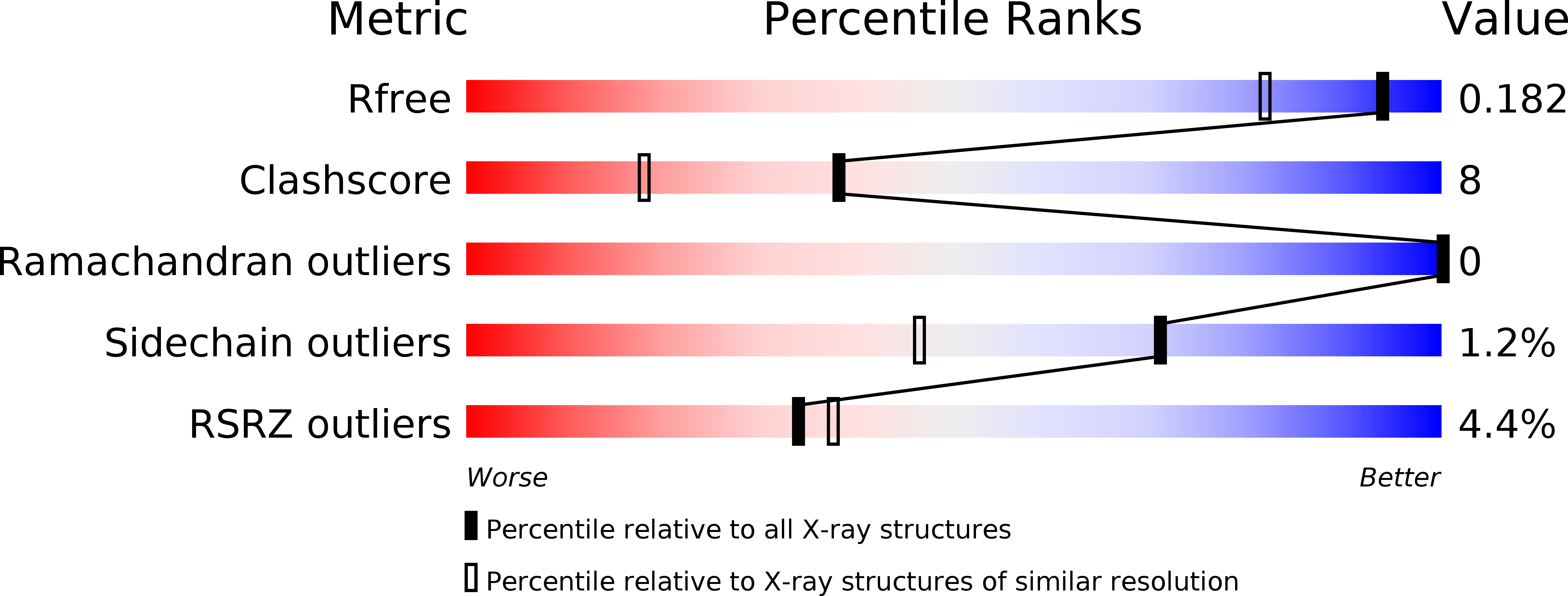
Deposition Date
2003-05-13
Release Date
2004-01-29
Last Version Date
2024-11-13
Entry Detail
PDB ID:
1OGT
Keywords:
Title:
CRYSTAL STRUCTURE OF HLA-B*2705 COMPLEXED WITH THE VASOACTIVE INTESTINAL PEPTIDE TYPE 1 RECEPTOR (VIPR) PEPTIDE (RESIDUES 400-408)
Biological Source:
Source Organism:
HOMO SAPIENS (Taxon ID: 9606)
Host Organism:
Method Details:
Experimental Method:
Resolution:
1.47 Å
R-Value Free:
0.17
R-Value Work:
0.12
R-Value Observed:
0.13
Space Group:
P 1 21 1


